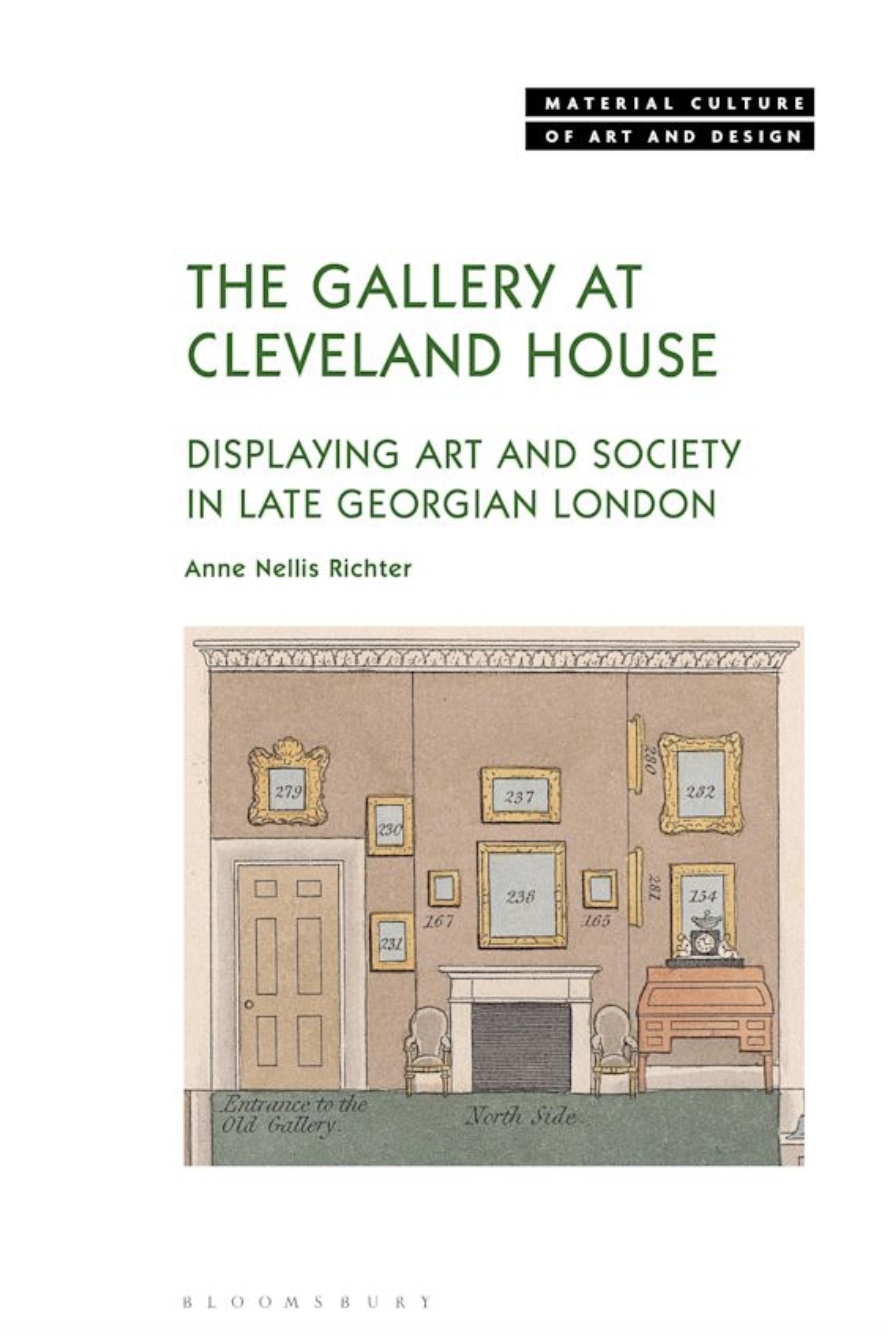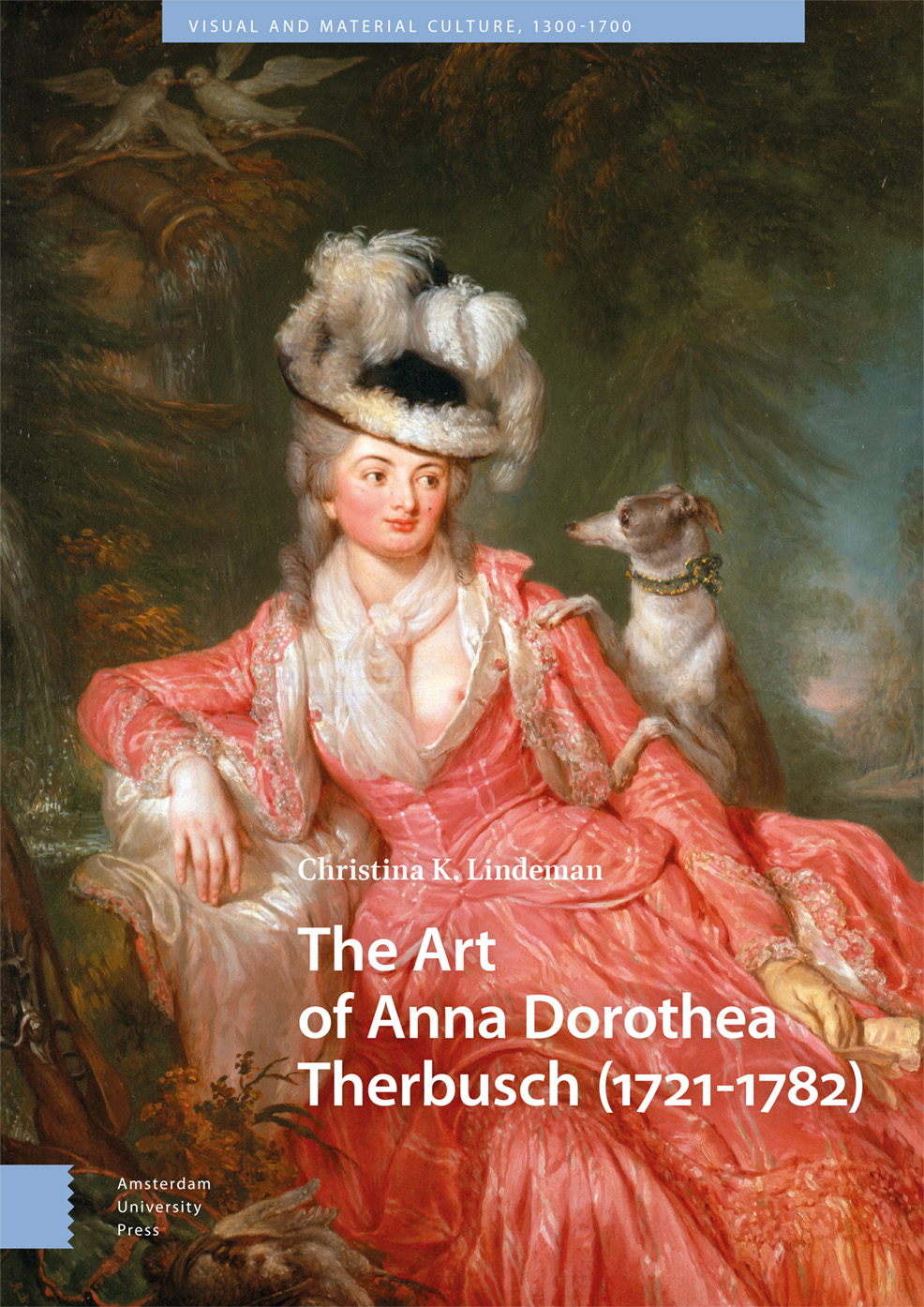New Book | Iconotypes: A Compendium of Butterflies and Moths
From the University of California Press:
William Jones, with an introduction by Richard Vane-Wright, Iconotypes: A Compendium of Butterflies & Moths, Jones’ Icones Complete (Berkeley: University of California Press, 2021), 688 pages, ISBN: 978-0520386501, $85.
 William Jones’s Icones is one of the most scientifically important and visually stunning works on butterflies and moths ever created. Icones contains finely delineated paintings of more than 760 species of Lepidoptera, many of which it described for the first time, marking a critical moment in the study of natural history. Yet until now, it has never been published—the only existing manuscript copy is housed in the archives of the Oxford University Museum of Natural History. With Iconotypes, Jones’s work is published for the first time, accompanied by expert commentary and contextual essays, and featuring annotated maps showing where each specimen was discovered.
William Jones’s Icones is one of the most scientifically important and visually stunning works on butterflies and moths ever created. Icones contains finely delineated paintings of more than 760 species of Lepidoptera, many of which it described for the first time, marking a critical moment in the study of natural history. Yet until now, it has never been published—the only existing manuscript copy is housed in the archives of the Oxford University Museum of Natural History. With Iconotypes, Jones’s work is published for the first time, accompanied by expert commentary and contextual essays, and featuring annotated maps showing where each specimen was discovered.
Between the early 1780s and 1810, Jones, a wine merchant, painted in painstaking detail hundreds of species of Lepidoptera, drawing from his own collection and the collections of prominent amateur naturalists. For every specimen, Jones included the known species name, the collection, and the geographical location in which it was found. In this enhanced facsimile, Jones’s historical references are clarified and modern taxonomic names are provided together with notes on which paintings serve as iconotypes. Contextual commentary by specialist entomologist Richard Vane-Wright gives an account of Jones’s life, his motivation for collecting butterflies and creating the Icones, and evaluates the significance of Jones’s work. This lavish volume intersperses contemporary maps showing the locations of each specimen, expert essays on the study of lepidoptery since ancient Egyptian times, the development of taxonomy after Linnaeus, the roles of collectors and natural history artists during the late 1700s to mid-1800s, and the steep decline of butterflies and moths over the last fifty years. Iconotypes is a beautiful collector’s object for fans of natural history and illustrations of butterflies and moths, as well as artists, designers, and bibliophiles.
Richard I. Vane-Wright is an entomologist and taxonomist who has been associated with London’s Natural History Museum for nearly sixty years. A specialist on butterflies, he retired from the museum in 2004 as Keeper of the Department of Entomology. He is the author of three books, most recently Butterflies: A Complete Guide to Their Biology and Behavior. He is also involved with biodiversity conservation and local entomological projects.
New Book | Conchophilia
From Princeton UP:
Marisa Anne Bass, Anne Goldgar, Hanneke Grootenboer, and Claudia Swan, with contributions by Stephanie Dickey, Anna Grasskamp, and Róisín Watson, Conchophilia: Shells, Art, and Curiosity in Early Modern Europe (Princeton: Princeton University Press, 2021), 224 pages, ISBN: 978-0691215761, £40 / $50.
 Among nature’s most artful creations, shells have long inspired the curiosity and passion of artisans, artists, collectors, and thinkers. Conchophilia delves into the intimate relationship between shells and people, offering an unprecedented account of the early modern era, when the influx of exotic shells to Europe fueled their study and representation as never before. From elaborate nautilus cups and shell-encrusted grottoes to delicate miniatures, this richly illustrated book reveals how the love of shells intersected not only with the rise of natural history and global trade but also with philosophical inquiry, issues of race and gender, and the ascent of art-historical connoisseurship.
Among nature’s most artful creations, shells have long inspired the curiosity and passion of artisans, artists, collectors, and thinkers. Conchophilia delves into the intimate relationship between shells and people, offering an unprecedented account of the early modern era, when the influx of exotic shells to Europe fueled their study and representation as never before. From elaborate nautilus cups and shell-encrusted grottoes to delicate miniatures, this richly illustrated book reveals how the love of shells intersected not only with the rise of natural history and global trade but also with philosophical inquiry, issues of race and gender, and the ascent of art-historical connoisseurship.
Shells circulated at the nexus of commerce and intellectual pursuit, suggesting new ways of thinking about relationships between Europe and the rest of the world. The authors focus on northern Europe, where the interest and trade in shells had its greatest impact on the visual arts. They consider how shells were perceived as exotic objects, the role of shells in courtly collections, their place in still-life tableaus, and the connections between their forms and those of the human body. They examine how artists gilded, carved, etched, and inked shells to evoke the permeable boundary between art and nature. These interactions with shells shaped the ways that early modern individuals perceived their relation to the natural world, and their endeavors in art and the acquisition of knowledge. Spanning painting and print to architecture and the decorative arts, Conchophilia uncovers the fascinating ways that shells were circulated, depicted, collected, and valued during a time of remarkable global change.
Marisa Anne Bass is Professor of Northern European Art, 1400–1700 at Yale University. Her books include Insect Artifice and Jan Gossart and the Invention of Netherlandish Antiquity. Anne Goldgar is the Garrett and Anne Van Hunnick Professor of European History at the University of Southern California. Her books include Tulipmania and Impolite Learning. Hanneke Grootenboer is Professor of the History of Art and Chair of the department at Radboud University Nijmegen. Her books include Treasuring the Gaze and The Pensive Image. Claudia Swan is the Mark S. Weil Professor of Art History and Archaeology at Washington University in St. Louis. Her books include Art, Science, and Witchcraft in Early Modern Holland and Rarities of These Lands.
C O N T E N T S
Anne Goldgar — Introduction: For the Love of Shells
Part I: Surface Matters
1 Claudia Swan — The Nature of Exotic Shells
2 Anna Grasskamp — Shells, Bodies, and the Collector’s Cabinet
Part II: Microworlds of Thought
3 Marisa Anne Bass — Shell Life, or the Unstill Life of Shells
4 Hanneke Grootenboer — Thinking with Shells in Petronella Oortman’s Dollhouse
Part III: The Multiple Experienced
5 Róisín Watson — Shells and Grottoes in Early Modern Germany
6 Stephanie S. Dickey — Shells, Prints, and the Discerning Eye
Acknowledgments
Notes
Bibliography
Contributors
Index
Illustration Credits
Print Market | Mad about Mezzotint at the Court of George III
From Isaac and Ede:
Mad about Mezzotint at the Court of George III
Reindeer Antiques, London, 6 October — 5 November 2021
 This exhibition organized by David Isaac of Isaac and Ede celebrates the bicentenary of the 60-year reign of King George III (1738–1820) through one mezzotint portrait for each year of his reign. Meet the movers and shakers, the courtiers and courtesans, the duchesses and dandies of the period. Each mezzotint was printed in the year it represents, so there are 61 prints to cover the years 1760–1820 with a couple of extras thrown in for good measure. Royalty and aristocracy dominate throughout the opening decades, but as the country finds itself increasingly at war with America, France, Spain (and practically everyone else), we see a predominance of naval and military heroes taking centre stage. Towards the end of our period, we begin to see the emergence of the self-made man, and the entrepreneurial spirit of that would come to symbolize the Victorian era. To be held at Reindeer Antiques, 81, Kensington Church Street, London W8 4BG.
This exhibition organized by David Isaac of Isaac and Ede celebrates the bicentenary of the 60-year reign of King George III (1738–1820) through one mezzotint portrait for each year of his reign. Meet the movers and shakers, the courtiers and courtesans, the duchesses and dandies of the period. Each mezzotint was printed in the year it represents, so there are 61 prints to cover the years 1760–1820 with a couple of extras thrown in for good measure. Royalty and aristocracy dominate throughout the opening decades, but as the country finds itself increasingly at war with America, France, Spain (and practically everyone else), we see a predominance of naval and military heroes taking centre stage. Towards the end of our period, we begin to see the emergence of the self-made man, and the entrepreneurial spirit of that would come to symbolize the Victorian era. To be held at Reindeer Antiques, 81, Kensington Church Street, London W8 4BG.
Printed catalogues are available: UK £30 including P&P / USA £47 including P&P. View a PDF of the catalogue on Issuu. The catalogue is also distributed by Paul Holberton Publishing:
David Isaac, Mad about Mezzotint at the Court of George III (London: Isaac and Ede, 2022), 148 pages, ISBN 978-1913645359, £30.
◊ ◊ ◊ ◊ ◊
Note (added 6 July 2022) — The original posting did not include catalogue details from PHP.



















leave a comment